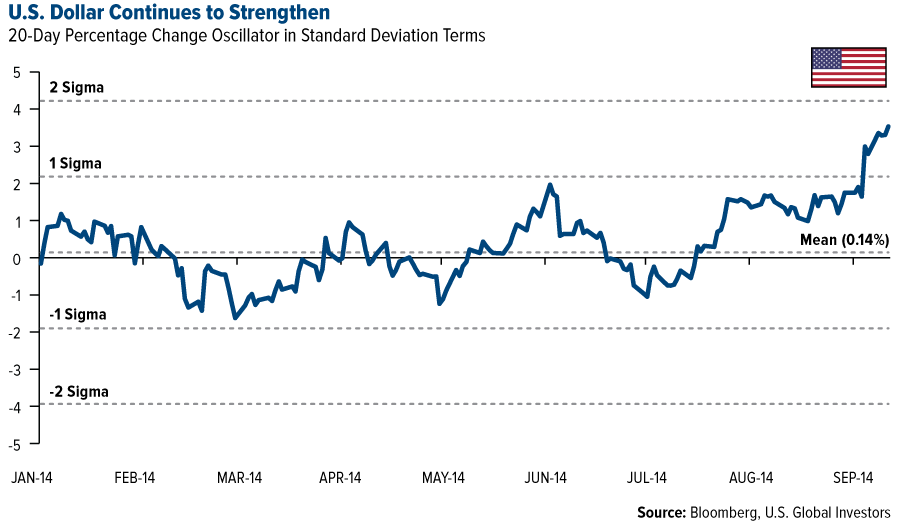Boost Returns With Bond Index FundsKiplinger
Post on: 15 Август, 2016 No Comment

Index funds’ low fees take a smaller bite out of meager yields.
If the core of your fixed-income portfolio is a plain-vanilla index fund tracking the most widely used U.S. bond-market benchmark, you may be taking on more risk than you realize. But that doesn’t mean you should abandon bond index funds altogether.
See Also: SLIDE SHOW: 9 Top Free Sites for Income Investors
At issue is the Barclays U.S. Aggregate Bond Index’s hefty allocation to Treasuries and other government-related debt. With the 10-year Treasury now yielding about 2.3%, investors aren’t getting much reward for the interest-rate risk they’re taking in these bonds. (When rates rise, bond prices fall.)
The index’s Treasury allocation now exceeds 40%, up from 16% in 2000, according to Morningstar. Because the Aggregate index weights holdings by market capitalization, its Treasury allocation grew substantially as the U.S. government stepped up debt issuance in the wake of the financial crisis.
Actively managed intermediate-term bond funds, meanwhile, have been shopping elsewhere in the bond market — such as in the corporate-bond sector — for higher yields. On average, funds in this category have just a 16% Treasury weighting, Morningstar says. Relative to the Aggregate index, they’ve also been shortening their duration. The longer a fund’s duration, the more its value is likely to decline when interest rates rise.
Advertisement
That strategy seems to be paying off. The majority of active investment-grade intermediate-term bond funds beat their benchmarks over the one, three and five years ending in June, according to S&P Dow Jones Indices.
The divergence between active managers and the Aggregate index will likely become painfully apparent when rates rise, says Thomas Boccellari, analyst at Morningstar. If you’re talking about an Aggregate fund, it is probably going to lose value with any small increase in interest rates, he says, and will be at a disadvantage to actively managed competitors.
Is Active Management Worth the Price?

But a recent study indicates that the benchmark-beating performance is not really evidence of active managers’ skill. The study counters the argument by some analysts that, given such performance along with the Aggregate index’s growing Treasury allocation, active management is the better choice for bond investors.
Paul Bosse, principal in the Vanguard Investment Strategy Group, and several colleagues studied the portfolios of active funds benchmarked to the Aggregate index and found that over the past 15 years they have maintained an average corporate-bond allocation that’s roughly double the index’s weighting. When compared against a custom-made benchmark that’s more reflective of their actual holdings — one with an extra dose of corporate bonds — the active funds look much more mediocre, Vanguard found.
Active bond managers’ ability to beat the Aggregate index stems not from their bond-picking skills but from taking more credit risk in the form of broad corporate bond market exposure, which investors can get at very low cost in an index fund, Bosse says. Investors can get a cheaper version of the risk and return that active managers are offering by pairing an Aggregate-index-tracking fund with a low-cost corporate bond index fund. Some corporate bond exchange-traded funds, such as iShares iBoxx $ Investment Grade Corporate Bond (symbol LQD ) and Vanguard Intermediate-Term Corporate Bond (VCIT ), charge fees of 0.15% or less, versus 0.88% for the average corporate bond mutual fund.
For index investors who are close to retirement and worried about rising rates, Boccellari says, another option is iShares Floating Rate Bond ETF (FLOT ). The ETF holds high-quality bonds whose interest payments will be adjusted higher as rates rise. It charges fees of 0.2%.
Such low fees are a powerful reason to hold bond index funds in this low-yield era. If an active bond fund is charging you 1%, Boccellari says, that’s taking up a lot of your yield.














